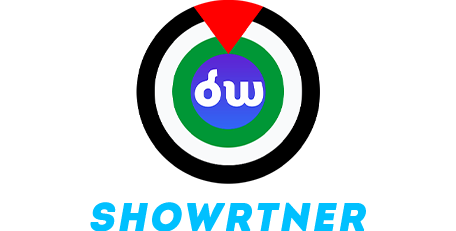
As a content creator, you may be interested in learning more about Rumble, a YouTube competitor.
What is Rumble?
Rumble was founded in 2013 by Canadian entrepreneur Chris Pavlovksi as an alternative to YouTube for small content creators. However, it quickly began to take pride in being the polar opposite of other tech firms.
Who uses Rumble?
Rumble reported 48 million average MAUs (monthly active users) on its platform during the quarter ended March 31, 2023.
Why Rumble?
Here, we'll go over some of the main reasons why people switch from YouTube to Rumble or use both at the same time.
immune to cancellation and censorships
Rumble claims to be anti-censorship and one of the few "neutral" and "independent" platforms.
Some see it as the only safe space for users to share contentious opinions from people who may feel marginalized or left behind by large tech companies. Read about the Rumble's terms of use
An alternative to biased mainstream media
Rumble attracts users who believe they are not getting the full picture from mainstream news sources and who will not be punished for airing opposing views.
"The specific gap that Rumble fills has been a growth business fuelled by Covid vaccine conspiracies and misinformation," said Nic Newman of the Reuters Institute for the Study of Journalism at Oxford University. It's no coincidence that the biggest increase in user base occurred between 2020 and 2021.
Rumble Vs YouTube Monetization
Rumble Monetization
Unlike YouTube, Rumble does not require creators to reach a minimum of 4,000 watch hours and 1,000 subscribers before they can earn money. This aspect of Rumble's monetization requirements makes Rumble an appealing platform for new and smaller creators because they can begin monetizing their content almost immediately, which is a feature central to Rumble's monetization policies.
YouTube Monetization
Creators must have at least 1,000 subscribers and 4,000 watch hours in the previous 12 months to qualify for the YouTube Partner Program and begin earning ad revenue. For new creators or those with a smaller audience, this can be a significant barrier, making YouTube monetization requirements difficult to overcome.





